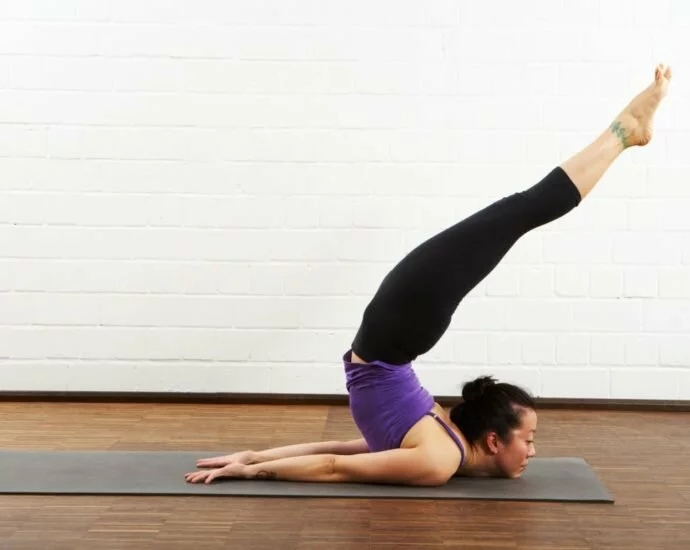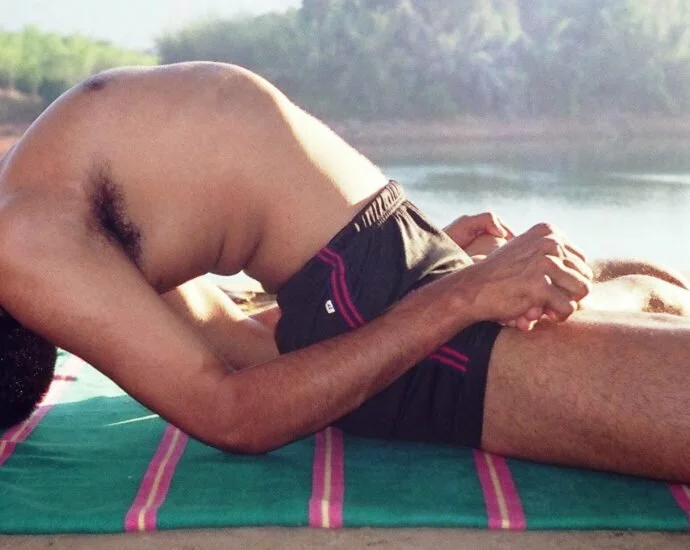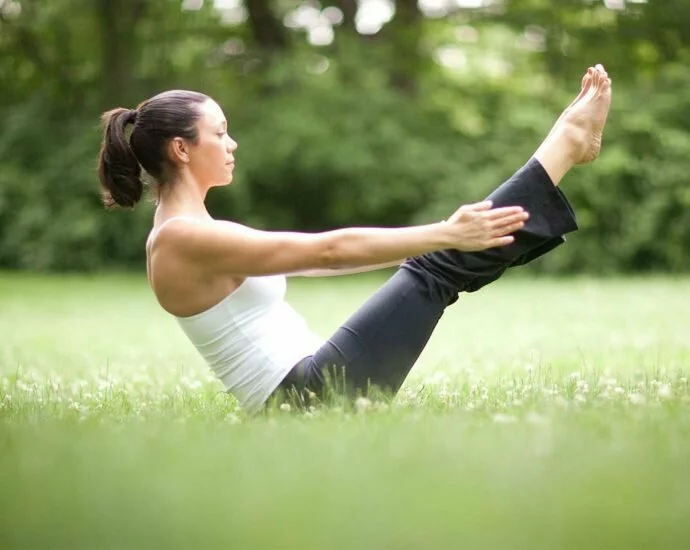Paschimottanasana (पश्चिमोत्तानासन)
Paschimottanasana (pash-ee-moh-tan-ahs-anna; Sanskrit: पश्चिमोत्तानासन; IAST: paścimottānāsana), Seated Forward Bend or Intense Dorsal Stretch is an asana. Together with Padmasana (lotus), Siddhasana (half-lotus) and Vajrasana (lightning-bolt pose), this asana is an accomplished asana according to the Shiva Samhita. It was advocated by 11th-century yogi Gorakshanath. The name comes from the SanskritContinue Reading




